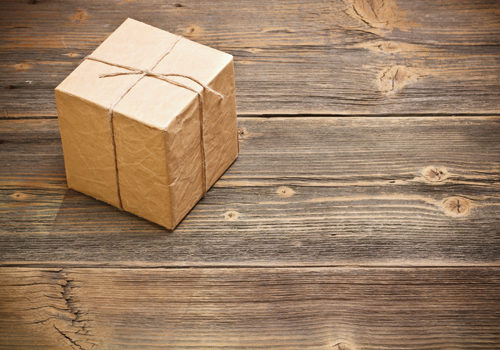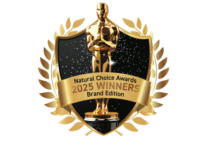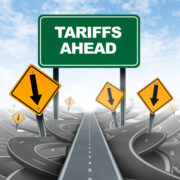With the market now saturated with interesting and appealing natural products, it is imperative to stand out. You could try to have sales reps standing in every aisle of every natural store to highlight the benefits of your product. Or, you could let your packaging do the talking for you. A well-designed, professional look is more than a pretty picture; done well, packaging will put your best foot forward, showing customers why they should care about your story and your unique products.
Attractive Options
Shelf-appeal is increasingly important for foods and drinks, says Suley Muratoglu, vice president of marketing and product management at Tetra Pak Inc. U.S. & Canada, Vernon Hills, IL. Companies are even catering their packaging decisions toward what Millennials prefer. “They will soon supplant Baby 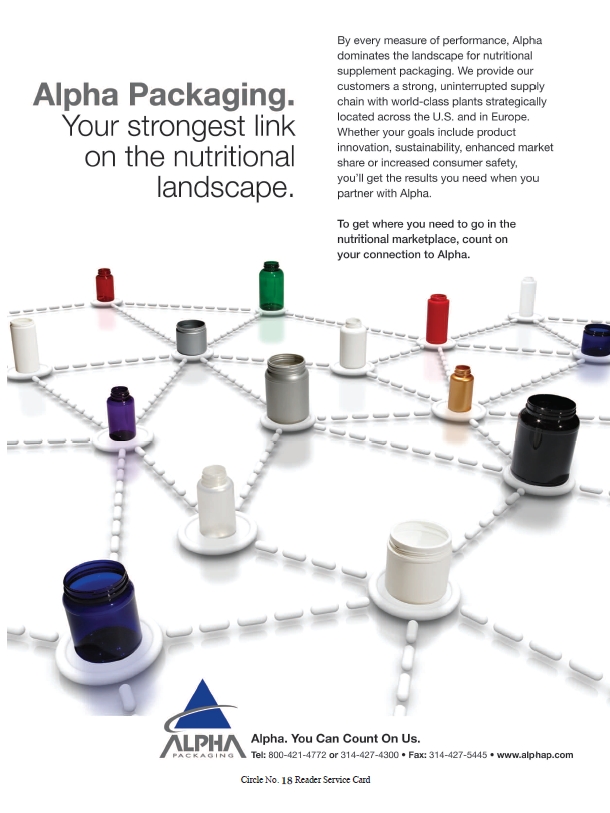 Boomers as the food and beverage industry’s most powerful consumer block,” states Muratoglu.
Boomers as the food and beverage industry’s most powerful consumer block,” states Muratoglu.
Several techniques can make products jump off shelves to Millennials and others buyers, with one trendy option being foil decoration, says Don Earl, President of Overnight Labels, Deer Park, NY. While foil can be flashy, it can also be classy. “The best use of foil is as a highlight, not full-blown foil,” he believes. “Done right, foil can subtly attract the buyer to a given product.” And, it’s a flexible enough technique to be used on typical pressure-sensitive labels, shrink sleeves and sachets.
In a similar vein, Marny Bielefeldt, director of marketing at Alpha Packaging, St. Louis, MO, believes metallic colors and inks are “the hottest trend we’ve seen across categories.” She says this look is often used for supplements and sports nutrition beverages, since it denotes strength, power and endurance. Bielefeldt says there are plenty of options with metallics, including those for the eco-conscious: “Both the bottle and the closure can have a ‘metallic’ look, and we can use environmentally-friendly inks that look as good as hot-stamping, but with greater detail and at a much lower cost.”
Convenience Shop
Beyond look, a good packaging choice can help make shoppers’ lives easier. For instance, Muratoglu says moving away from non-resealable cans in the soups and broths market was a revolution. His firm, for instance, designed re-closable cartons, which have “helped reverse a decline in soup consumption for the under-25 set over the past 10 years,” says Muratoglu, citing researchers at Brand Amplitude. “In total, volume sales for soups in cartons are up 22% since 2009, with dollar sales up 14%.”
Cartons are especially helpful for multi-person households, as they help with sealing, transporting, storing and sharing products.
And it’s not just about soup: from 2009 to 2011, carton use in all prepared foods grew 11% (1). Milk companies like Organic Valley, for instance, are using cartons as a single-serve, easy-to-transport option. Plus, firms say they support optimal freshness. One supplier, Evergreen Packaging, Cantor, NC, has a barrier technology that keeps oxygen out, and vitamins and taste in. “Cold foods often stay colder longer in paperboard packaging,” adds the firm (2).
 Such packaging makes it easy for retailers, too, states Muratoglu: “Shelf-safe milk, which can be stored for up to a year at room temperature without preservatives, has the added in-store marketing advantage of being freed from fighting for space in the crowded confines of the supermarket coolers.” Some juice companies also are moving to cartons.
Such packaging makes it easy for retailers, too, states Muratoglu: “Shelf-safe milk, which can be stored for up to a year at room temperature without preservatives, has the added in-store marketing advantage of being freed from fighting for space in the crowded confines of the supermarket coolers.” Some juice companies also are moving to cartons.
While shoppers adore the convenience of grab-and-go, can they also love them for being eco-friendly?
Green Packaging
Since shoppers expect organic and natural products to be green, companies must stay true to their commitment to the environment with packaging—especially with grab-and-go. In fact, consumers participating in Tetra Pak’s Global Environmental Survey of 2011 felt recycling is the most important factor for being environmentally friendly, says Muratoglu. In another study, “60% of consumers think it is important for the products they buy to be packaged in materials made with renewable resources” (2).
Anthony Gentile, director of art & marketing at Xela Pack, Saline, MI, feels that travel sizes, kits and unit-dose packaging are hot, and his company’s clients use small-dose packaging for everything from honey to dietary supplements to energy drinks. His firm makes eco-friendly, stand-up pouches out of 75% paper, including options like post-consumer recycled unbleached Kraft paper. Overall, he says that the packaging uses less material to contain the same product as plastic bottles and tubes. “For instance, a one-ounce Xela Pack uses about 92% less plastic than a one-ounce bottle with cap, and the overall weight in total packaging material is also greatly reduced,” states Gentile.
These savings mean fewer cases, less pallets, fewer shipping materials and lower fuel costs, “Our packaging makes it possible for product companies to offer convenient small-dose packages of their products to customers while staying environmentally conscious and not producing excess waste,” says Gentile.
According to Muratoglu, his company’s cartons support eco-friendly grab-and-go because they are made from renewable resources and can be recycled. About 41% of U.S. households have access to carton recycling, he says. The firm also focuses on reducing its operations’ carbon footprint. States Muratoglu, “Designing cartons for the environment includes an efficient product-to-package ratio, using materials from renewable resources, and reducing the amount of resources used to manufacture, run and fill the packaging with product.”
Beyond the package, there’s also the label, inks and adhesive to think about. At Xela Pack, its printer recycles water-soluble ink; wind power can be purchased to run the machine.
Meanwhile, Earl says his company uses PLA pressure-sensitive labels, which don’t use much adhesive at all. He adds that the firm’s water-based flexo inks do not contain heavy metals, making them a green choice. Says Earl, “The volatile organic compound content of water-based inks is less than 5% of a solvent-based ink. So, if you are purchasing your labels from a domestic source (that uses water-based ink), you’re as green as you can possibly be. The adhesives are acrylic based and do not contain any heavy metals.”
Other products, like cartons, have a 100% 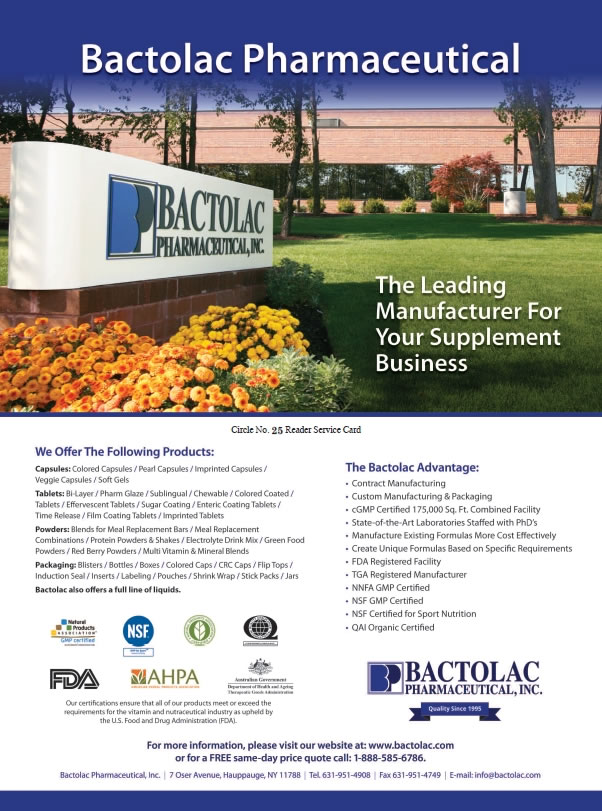 printable surface that can serve as their own label, says Muratoglu. And Bielefeldt says her company’s decorating division (Technigraph) completely eliminates labels, and all the waste and contamination of the label stock. She says, “Instead, they specialize in direct screen printing using UV-cured inks that do not affect the recycling process.” Last, shrink sleeves can be quickly removed for easy recycling.
printable surface that can serve as their own label, says Muratoglu. And Bielefeldt says her company’s decorating division (Technigraph) completely eliminates labels, and all the waste and contamination of the label stock. She says, “Instead, they specialize in direct screen printing using UV-cured inks that do not affect the recycling process.” Last, shrink sleeves can be quickly removed for easy recycling.
Be Nimble, Be Quick
One final way to “speak” to shoppers through packaging is with quick-response (QR) codes. Earl feels mobile marketing is the best way to reach shoppers. “They are increasingly using mobile devices to learn what they need to know, at the moment they become interested,” he states. “QR codes eliminate the need to type in a long or difficult Web address or phone number. A quick scan and ZAP! Your client is immediately learning more about what you want them to know.”
Not only do they drive Web traffic, states Gentile, but they “allow product companies an easy way to supply additional information about their products without using additional packaging or printing while also allowing the company to track consumer information and find ways to better target their potential consumers.”
Bielefeldt agrees, noting that printing QR codes onto bottles or closures is especially helpful for companies that offer nutritional information. “With nutritional information taking up a larger part of the label area than it used to, brand owners are constantly struggling to balance mandatory nutritional information, branding and other useful product information that consumers appreciate,” she states. “Often, the ‘extra’ product information loses out to the nutrition label and graphics.”
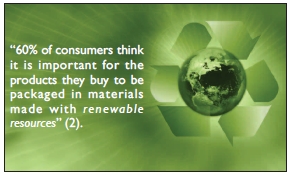 She adds that QR codes can point shoppers to recipes (for food products) or workout regimens (for sports nutrition products). “They can also run short-term promotions with specific retailers and track the results in real-time with QR codes screen printed directly onto the cap or bottle,” says Bielefeldt.
She adds that QR codes can point shoppers to recipes (for food products) or workout regimens (for sports nutrition products). “They can also run short-term promotions with specific retailers and track the results in real-time with QR codes screen printed directly onto the cap or bottle,” says Bielefeldt.
Earl supplies a final example: a savvy winery could use QR codes to point shoppers to comments/reviews about a particular wine, check prices, find information about the wine or grape, and “even get a pairing list of which wine goes best with what you are having for dinner that night!”
The sky is the limit with innovation in the nutrition industry, and packaging helps it all come together for shoppers. WF
References
1. SymphonyIRI Group Market Advantage, 52 week periods ending 12/27/09, 12/26/10, 12/25/11, Total US FDMx.
2. Evergreen Packaging, Canton, NC, Company literature.
Published in WholeFoods Magazine, January 2013

